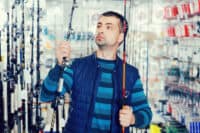
Do you have the right stuff to be an astronaut?
Becoming an astronaut is harder than getting into an Ivy League school. Only few have ever been selected by NASA. In 2016, more than 18,300 people applied for 14 or fewer spots in NASA’s astronaut class. They are hoping to leave their footprint in space.
Astronaut candidates have to endure a grueling, time-consuming process of tests to see if they can make the grade. 24/7 Tempo compiled a list of 30 skills aspiring astronauts need to master in order to become an astronaut, using several online sources including NASA.
The requirements to be a space traveler have changed dramatically since the first group of astronauts were selected in 1959, reflecting the effort of America’s space program to include women, people of color as well as including those with a diversity of experiences.
NASA selects astronauts from a diverse pool of applicants with various backgrounds. This is in contrast to its pioneering crew in 1959, the storied “Right Stuff” group that was the subject of the Tom Wolfe book and movie of the same name. Those trailblazers were all white American males, all with military experience. They would gain fame as astronauts on the Mercury and Apollo missions during the 1960s. Here are the biggest milestones in the space race.
Click here to see exactly what it takes to become an astronaut
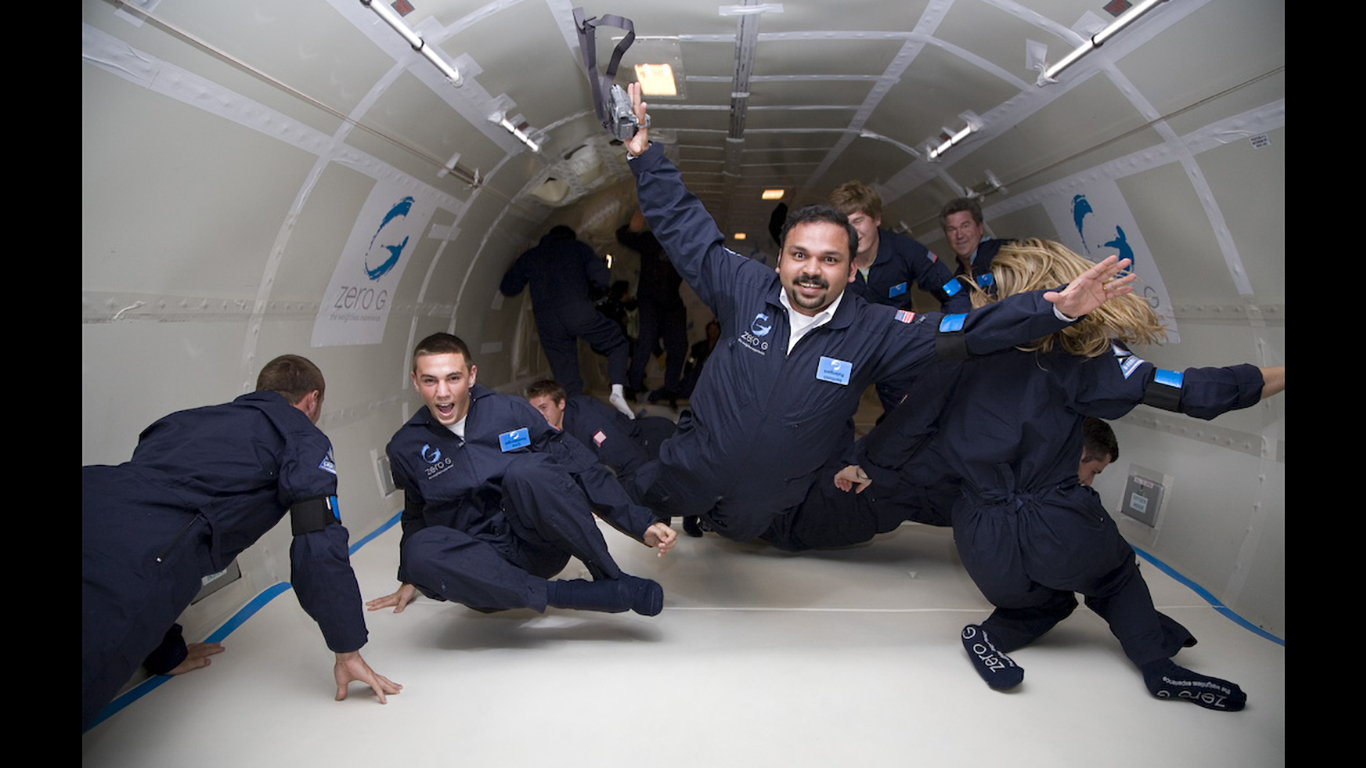
1. Getting accustomed to weightlessness/space walking
Astronaut candidates must get used to weightlessness and learn what it is like to walk in space. The vessel stays within Earth’s orbit and its series of elliptical journeys can make passengers sick.
[in-text-ad]

2. Leadership skills
NASA looks favorably on those who have developed leadership skills. Candidates should note any particular qualifications or training in these areas on their application.

3. Experience in piloting jet aircraft
Prospective astronauts need three years of related professional experience, or 1,000 hours, of “pilot-in-command” jet pilot experience. That’s because the agency believes flying experience fosters decision-making and judgment skills applicable to being an astronaut and improves chances of survival in space. All of the first class of NASA astronauts were jet pilots.
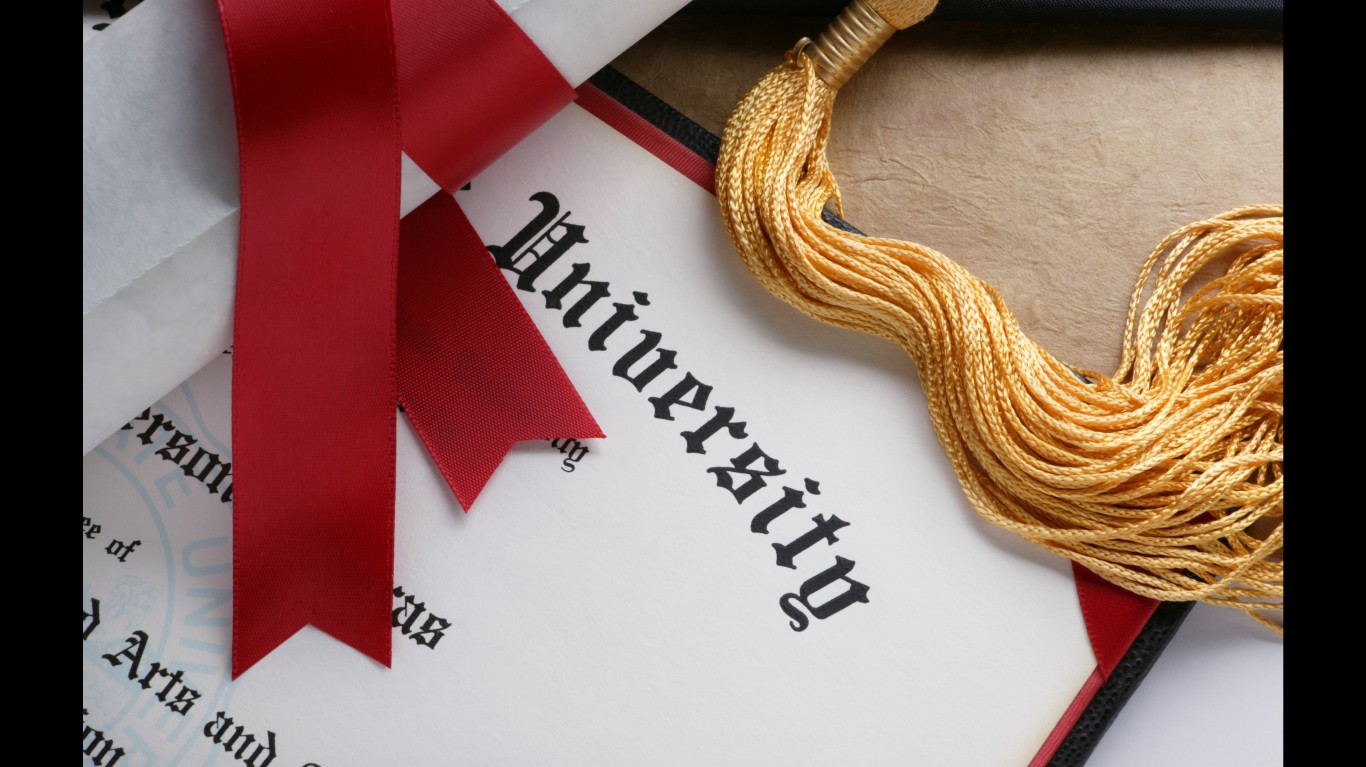
4. At least a bachelor’s degree
Even though many astronauts have advanced university degrees, NASA only requires that astronaut candidates have a bachelor’s degree in science, technology, engineering, or mathematics. Degrees in fields such as nursing, exercise physiology, and such social sciences as geography or archaeology won’t qualify you to go into space.
[in-text-ad-2]

5. Mastery in scientific scrutiny
Astronauts should be relentless in their research. NASA astronaut Serena M. Auñón-Chancellor, M.D returned to Earth earlier this year after spending seven months onboard the International Space Station. During that time, she conducted hundreds of experiments on how microgravity enables scientific inquiry that is not possible on Earth. She shared her findings at the International Space Station (ISS) Research and Development Conference in Atlanta over the summer.
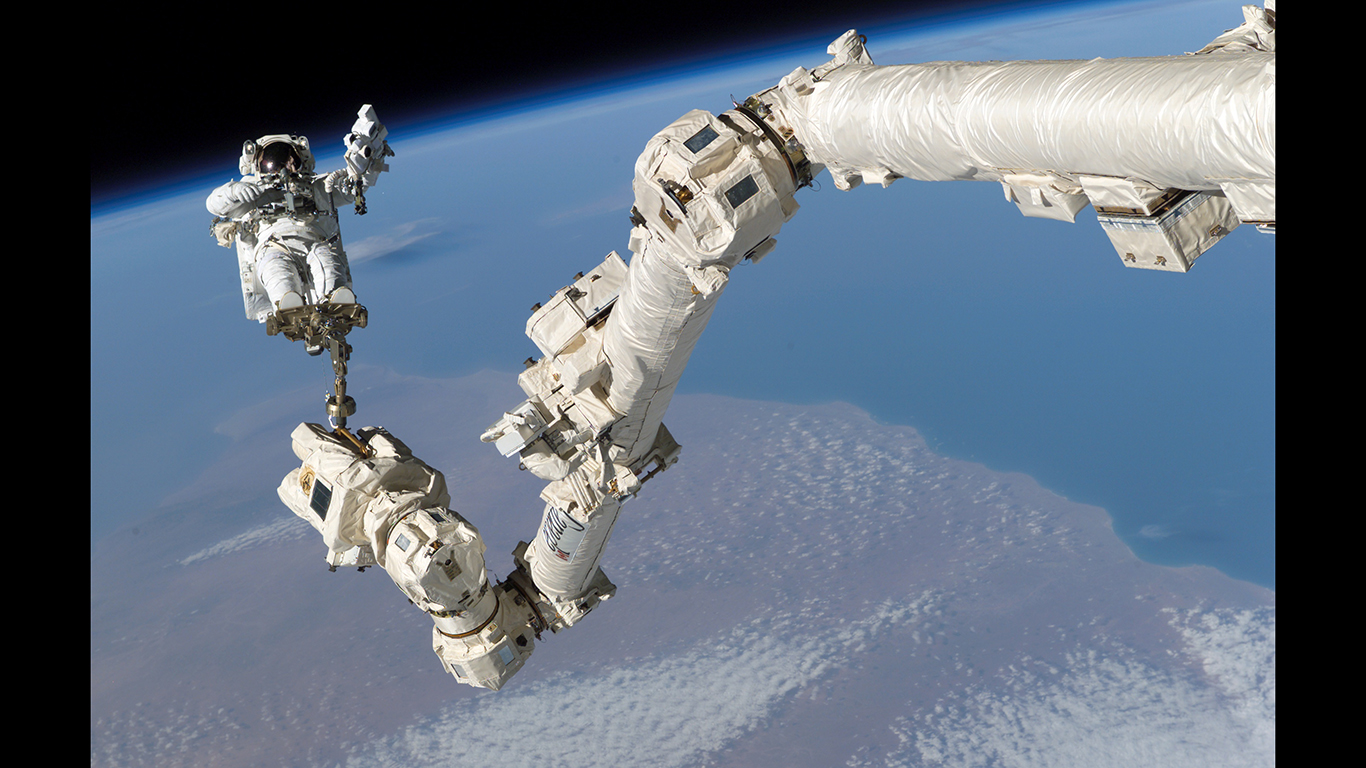
6. Ability to use robotic arms
Among the many tasks asked of astronauts is learning how to maneuver robotic arms. The robotic arm for the InSight Lander on Mars is 5′ 9″ long, and the camera mounted on it provides 3D images of the landing site and places where measuring instruments are to be situated.
[in-text-ad]

7. Exceptional communication skills
Communication skills, considered “soft skills” by NASA, are still important, and candidates should note any particular qualifications or training in these areas on their application.

8. Nailing the interview
The NASA committee conducts a week-long process of interviews, medical screenings, and orientation for applicants under final consideration.
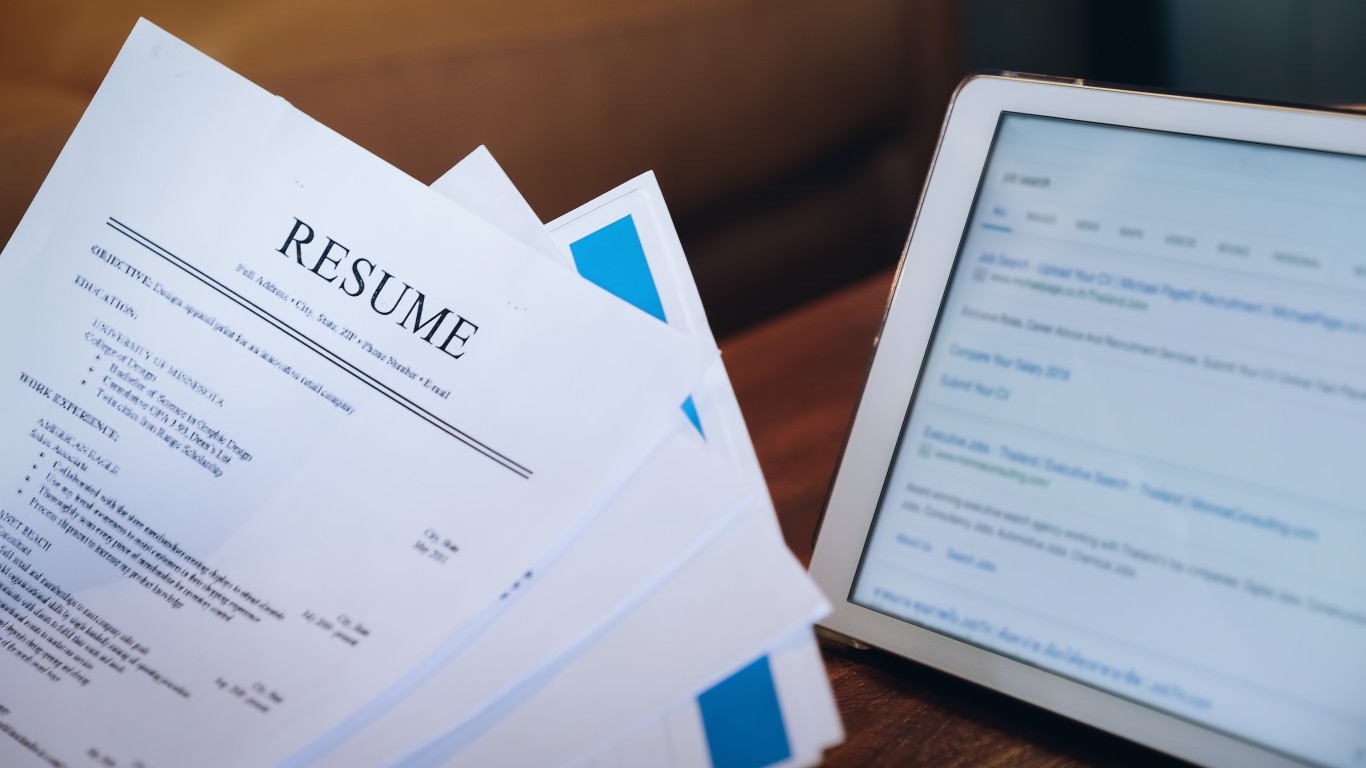
9. Watching résumé length
Astronaut aspirants should keep their résumé to six typed pages maximum. If the résumé is too long, it will be kicked off the system. Applicants also need to submit educational transcripts accompanied by a cover sheet, a list of references, pertinent skills, and a summary of aeronautical experience.
[in-text-ad-2]

10. Not getting discouraged by rejection
Not everyone gets accepted on his or her first try. The acceptance rate for astronauts is miniscule, between 0.04% and 0.08%. Getting into an Ivy League school is much easier. Astronaut Clayton Anderson wrote an article for Popular Mechanics explaining how he became an astronaut after being rejected by the agency 14 times. Perseverance paid off.

11. Exceptional multi-tasking skills
Astronauts are the ultimate multi-taskers. While in space, astronauts are required to do such things as performing experiments, helping to operate the International Space Station, and maintaining equipment.
[in-text-ad]

12. Learning Russian
Much of the interaction between astronauts in the International Space Station will involve communication with Russian space travelers, so astronauts have to learn the Russian language.
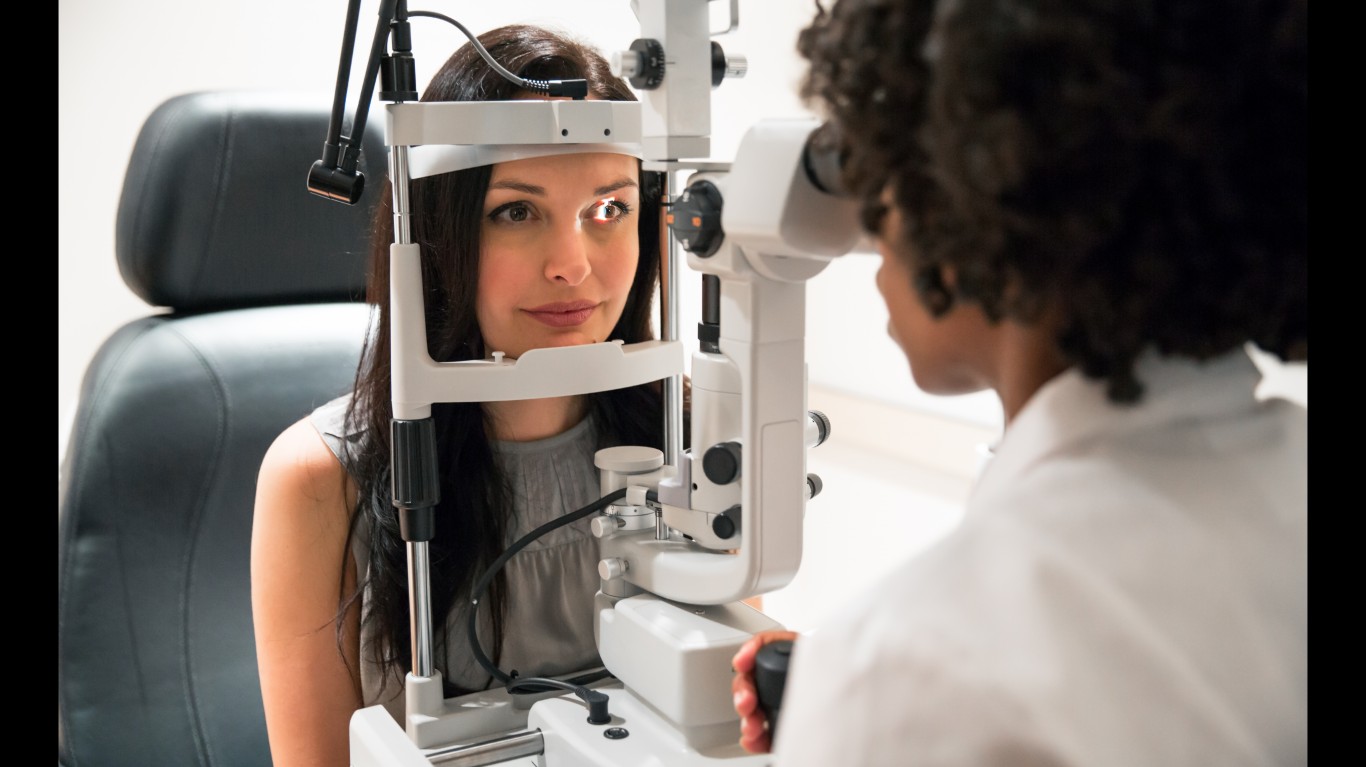
13. Having good eyesight
Like airline pilots, astronauts have to have 20/20 vision, though applicants won’t be disqualified if they have 20/20 vision aided by eyeglasses. Aspiring astronauts who have surgery to correct their vision to 20/20 have to wait at least a year after surgical procedure before training starts.
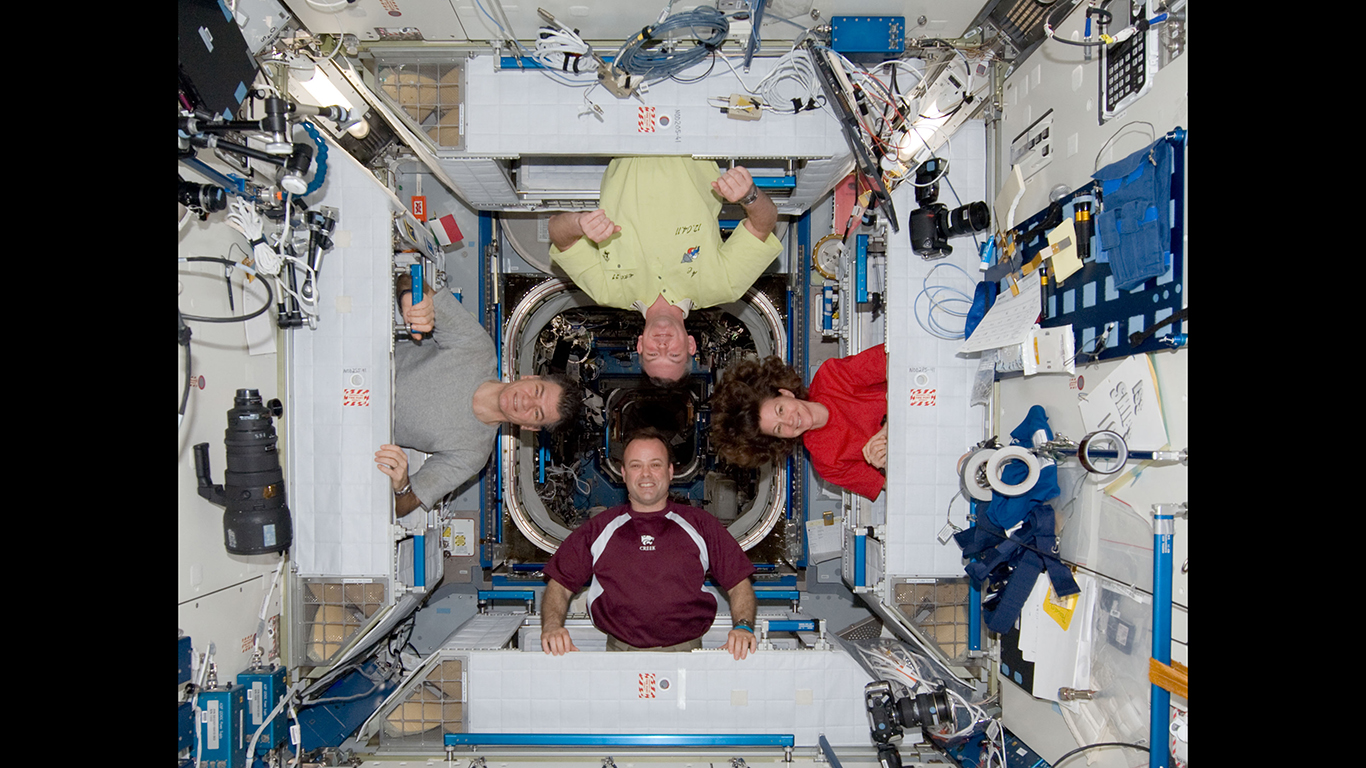
14. Getting along with people in cramped quarters
Astronauts spend prolonged amounts of time in space – and in tight quarters – so when they are interviewed by the NASA committee, they have to demonstrate that they can get along well with others.
[in-text-ad-2]

15. Being the right height
Astronaut candidates have to be between 5′ 2″ and 6′ 2″ to fit in a space capsule that can be a cramped space..
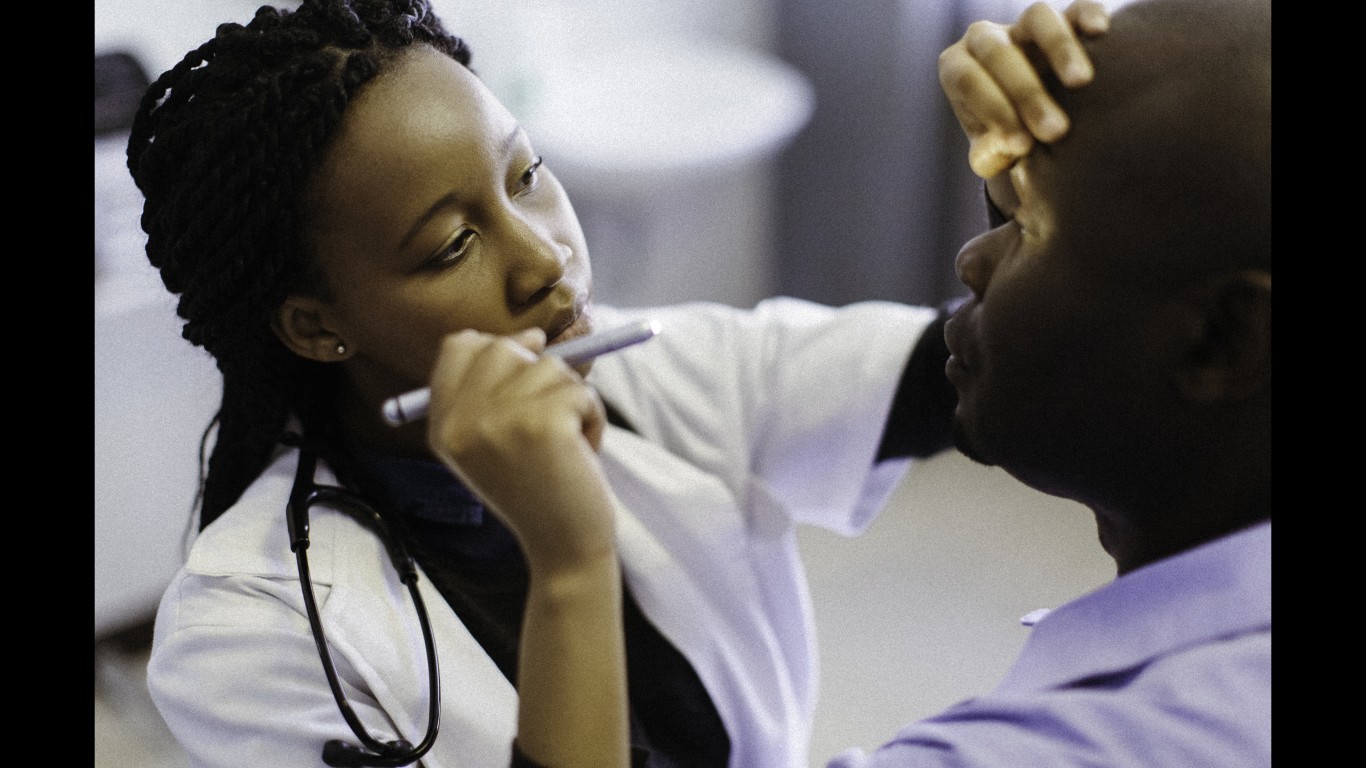
16. Passing physical and psychological exams
Potential astronauts can’t have medical conditions that would impede their ability to perform tasks in space. NASA puts candidates through a battery of physical and psychological tests, checking blood pressure, eyesight, and other things.
[in-text-ad]
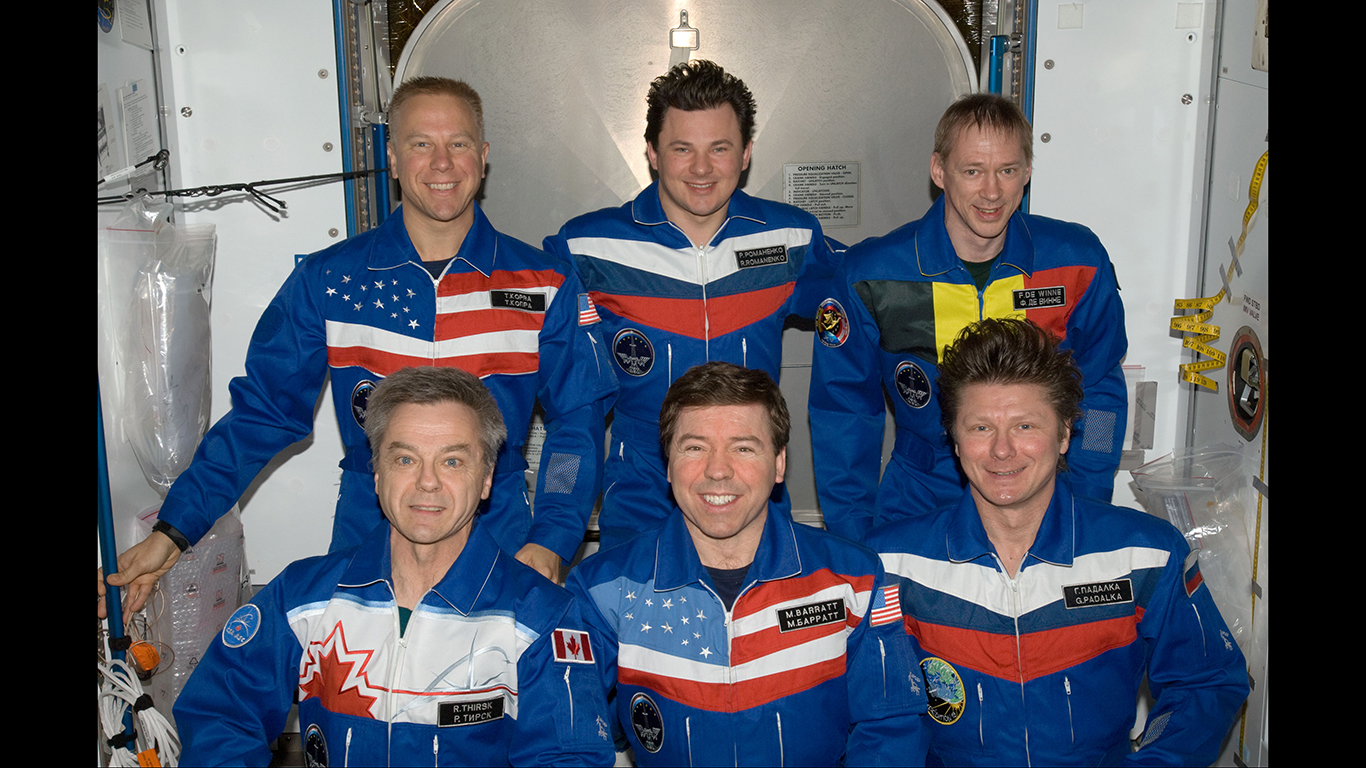
17. Working with astronauts from other countries
Exploration of the universe has come a long way from the days when the Space Race was a proxy for the Cold War between the United States and the Soviet Union. The two nations cooperated in the Apollo-Soyuz projects and the space shuttle-Mir programs. Now, many nations are involved in the International Space Station, requiring a spirit of cooperation and understanding among space travelers from various countries.
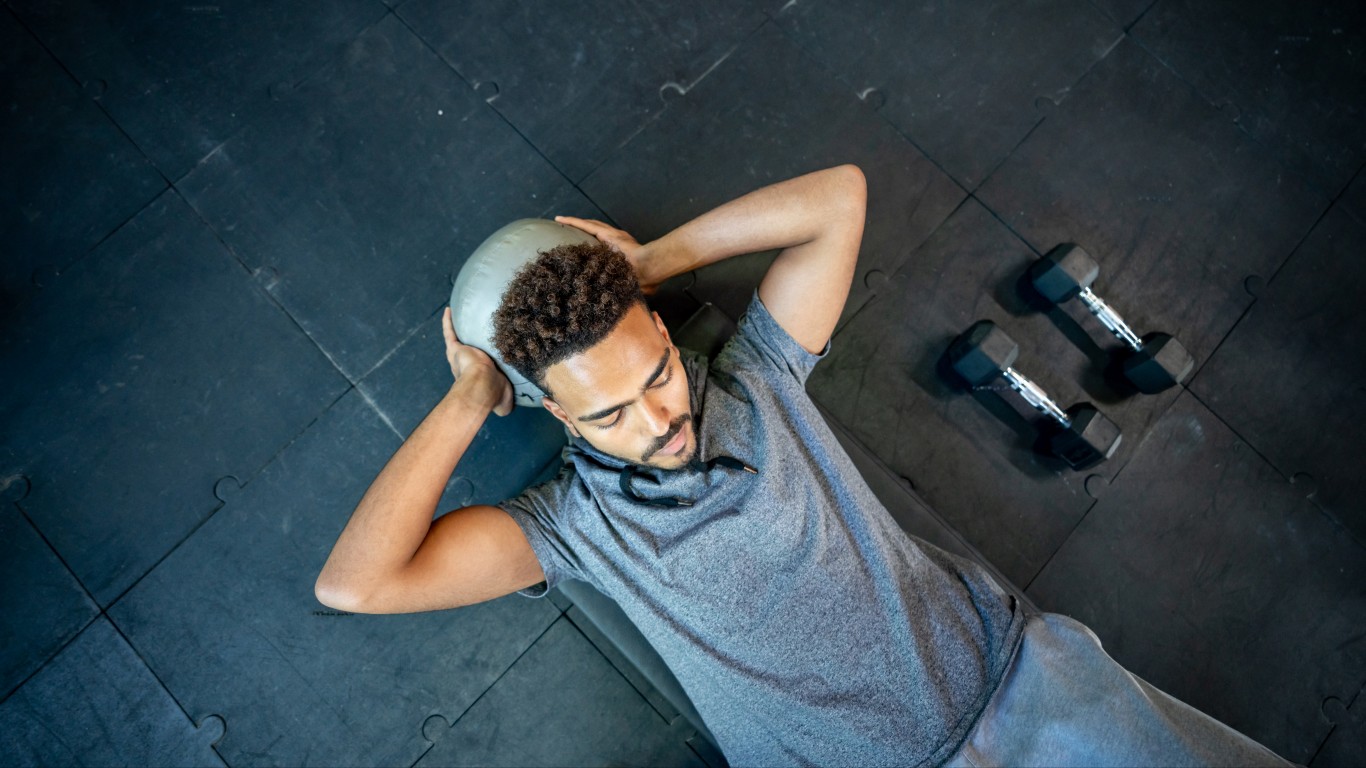
18. Building core strength
Astronauts are required to build upper body strength in order to be able to stay seated upright and be able to move about and endure microgravity in space. During space walks, they need to have the ability to move without constriction as they lift objects to perform work. They also need strong core muscles; riding in extraterrestrial vehicles is physically demanding. In zero gravity, muscles and bones aren’t needed to support the body, and bones can atrophy without an exercise regimen, so astronauts on the ISS work out to keep muscles strong and bones healthy.

19. Being able to handle time away from loved ones
Rockers David Bowie and Elton John both sang about the solitude of astronauts in space with their songs “Space Oddity” and “Rocket Man,” respectively. Recognizing the toll that loneliness might exact on astronauts, space agencies are using studies of life at Antarctic bases to examine ways of keeping astronauts sane. They are also looking at how crews are selected for missions as well, to insure compatibility.
[in-text-ad-2]
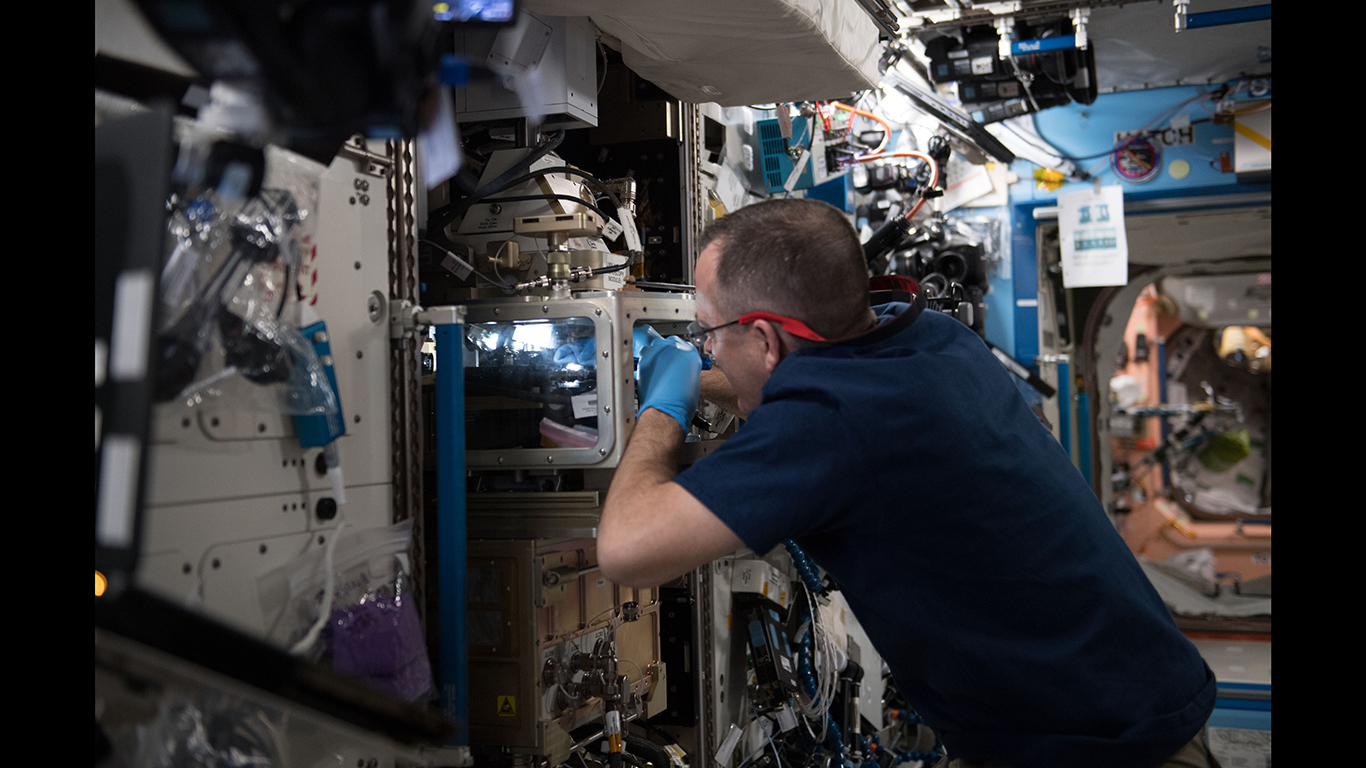
20. Having maintenance and repair skills
Maintenance and repair skills are crucial for astronauts, particularly those who will be working at the International Space Station. Companies such as DynCorp International train astronauts to perform mechanical, hydraulic, and electrical repair work on aircraft before they begin missions on the space station.
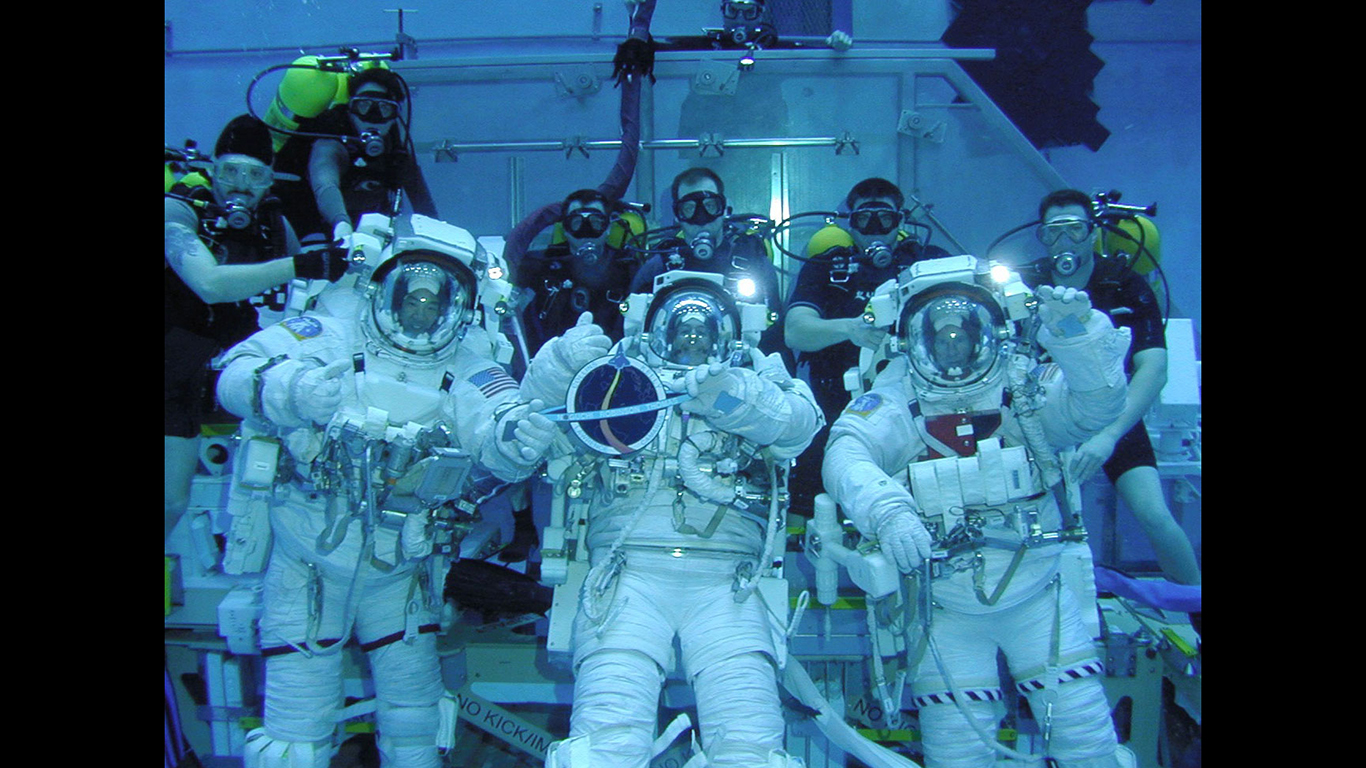
21. Having two years of training
It takes about two years for an astronaut candidate to complete training. This includes training in surviving in water, robotics skills, and space physiology and medicine.
[in-text-ad]

22. Having military experience – though it’s not essential
Having military experience on your application is not a necessity, but it doesn’t hurt. John Glenn, the first American to orbit Earth and oldest man to fly into space (he joined the shuttle Discovery mission in 1998 at the age of 77), served with the Marines. When NASA selected its first group of astronauts in 1959, they sought test pilots from the military.
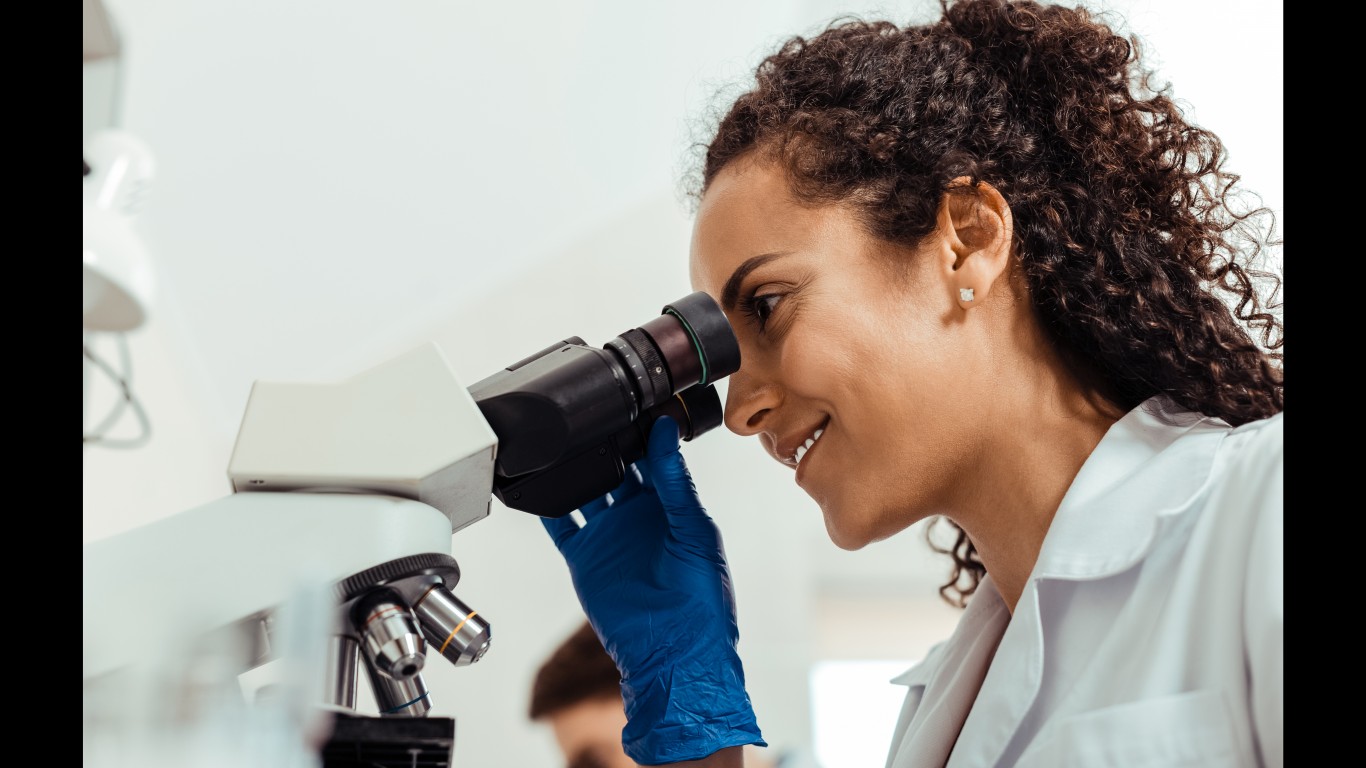
23. Showing curiosity and energy
NASA wants its astronauts to show curiosity and energy. Curiosity is important for NASA. No wonder the agency named its Mars rover “Curiosity.”
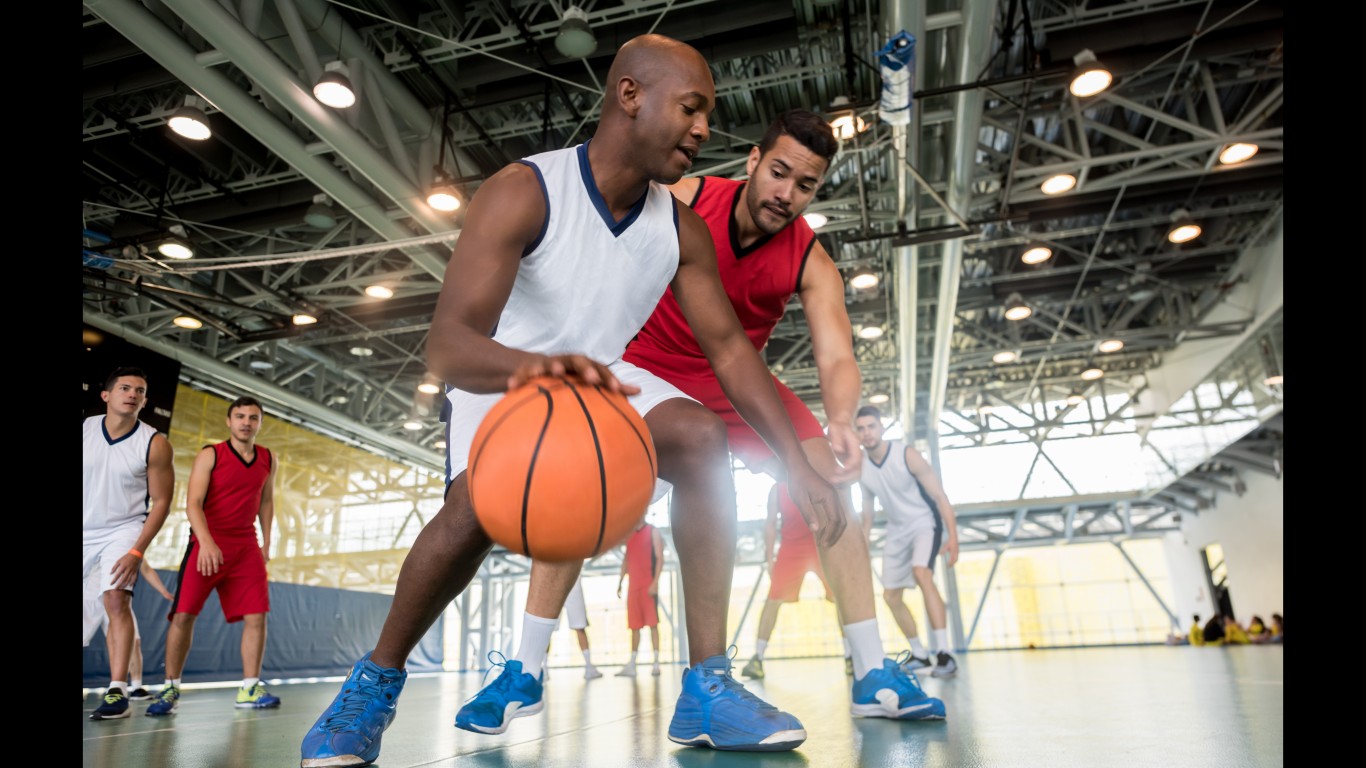
24. Distinguishing yourself from the competition
With so many people applying for so few astronaut opportunities, candidates who excel at a particular hobby or avocation – such as an athletic skill or a musical talent – have an advantage when the NASA committee considers their candidacy
[in-text-ad-2]
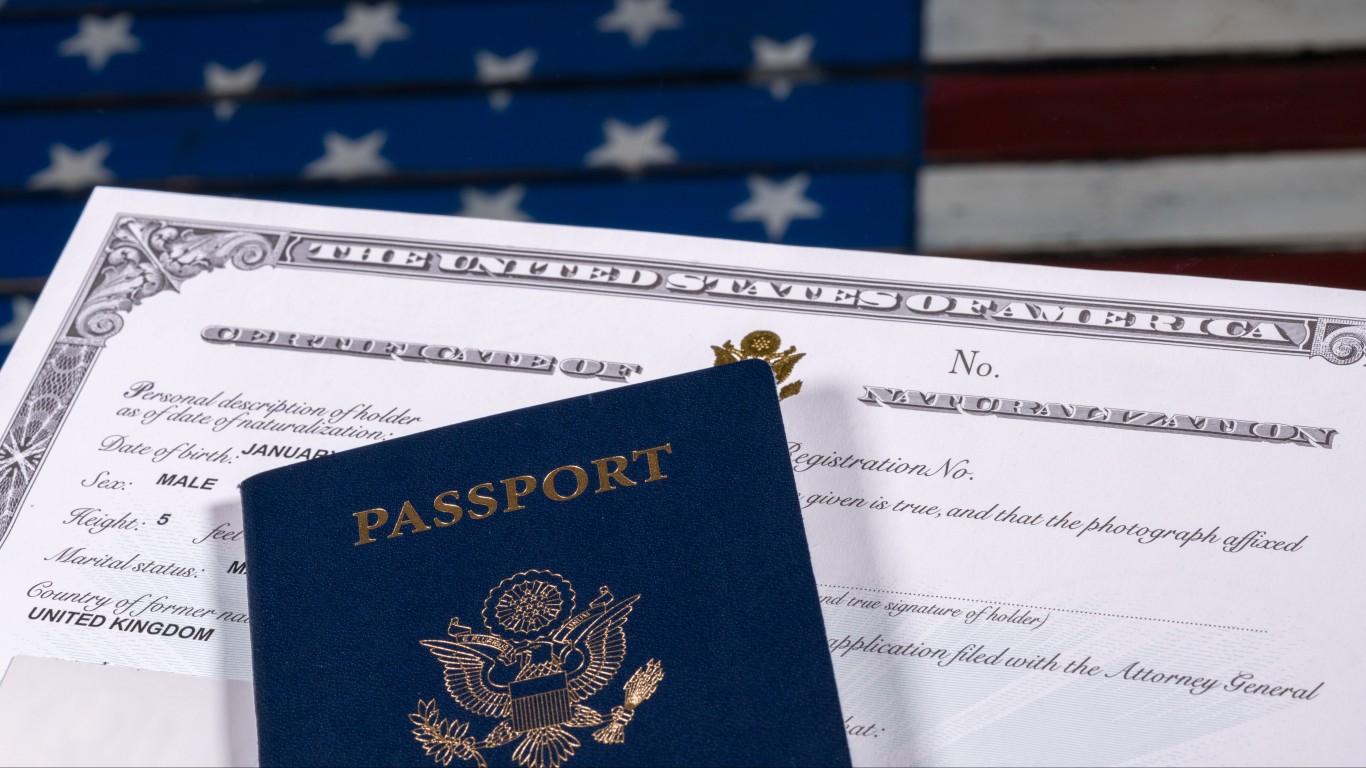
25. Being a U.S. citizen
Applicants for the U.S. astronaut program must be American citizens. NASA also accepts candidates with valid U.S. dual citizenship.

26. Handling pressure well
Given their time in zero gravity, the multitude of tasks asked of them, the loneliness in space, and the possibility that their lives could be snuffed out at any time, astronauts have to deal with a lot of pressure. Because many astronauts have already served as test pilots, they have developed the ability to manage pressure.
[in-text-ad]

27. Being able to tolerate extreme environments
Astronaut candidates also challenge themselves in situations others would balk at. Some who have been in the military have volunteered for tours in Iraq, while others have exposed themselves to the harsh climate of Antarctica, or done mountain climbing.
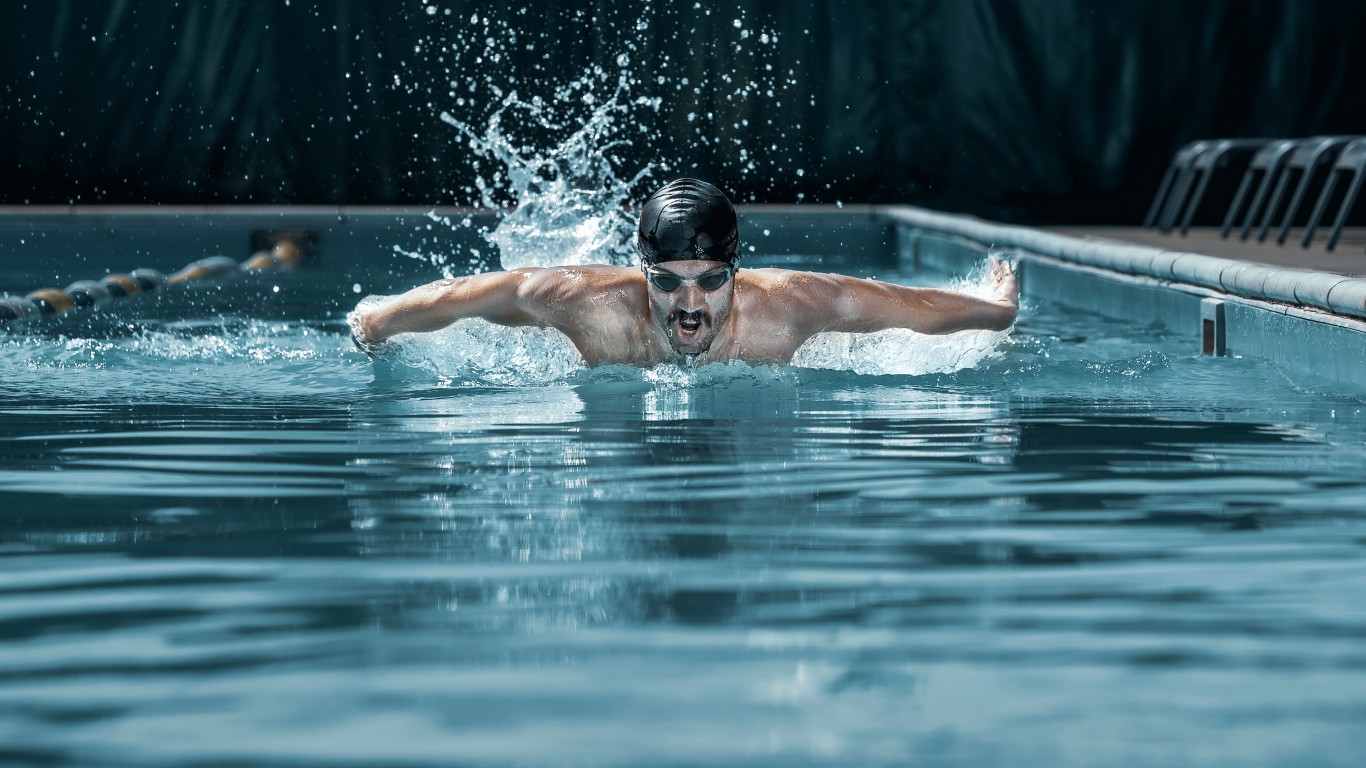
28. Swimming requirements
Astronaut candidates must pass a swimming test in their first month of training. They have to swim three lengths of a 25-meter pool without stopping, then swim the same number of lengths in a flight suit and tennis shoes. Astronauts must also tread water for 10 minutes wearing a flight suit.
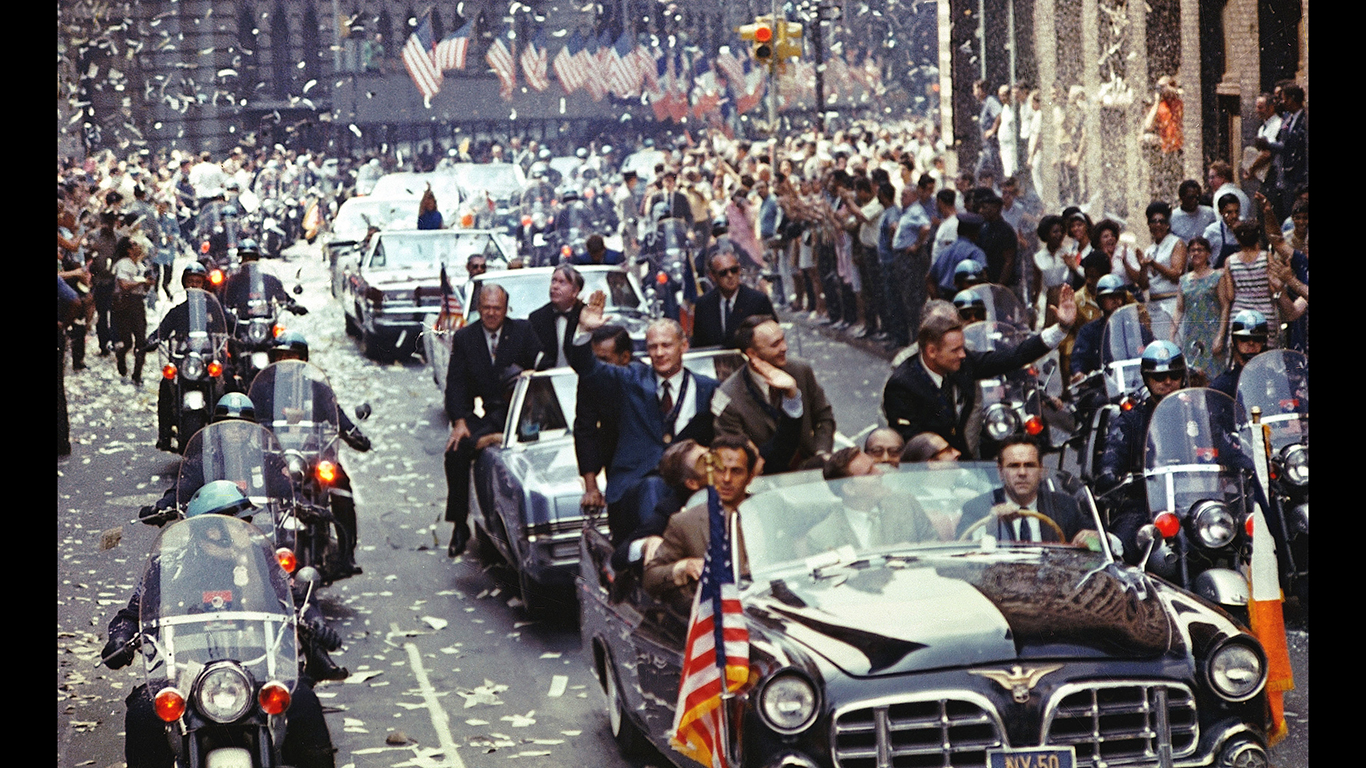
29. Being prepared for fame
Aspiring astronauts have to also take into consideration that they might become famous. A dose of humility will help dealing with fame. Neil Armstrong, the first person to walk on the moon, told CBS News journalist Ed Bradley that he didn’t deserve the attention. The media made heroes out of astronauts in the 1960s and 1970s. Today’s astronauts are largely unknown. NASA tries to raise their profile by making astronauts available for interviews and to speak at local events and visit schools.
[in-text-ad-2]
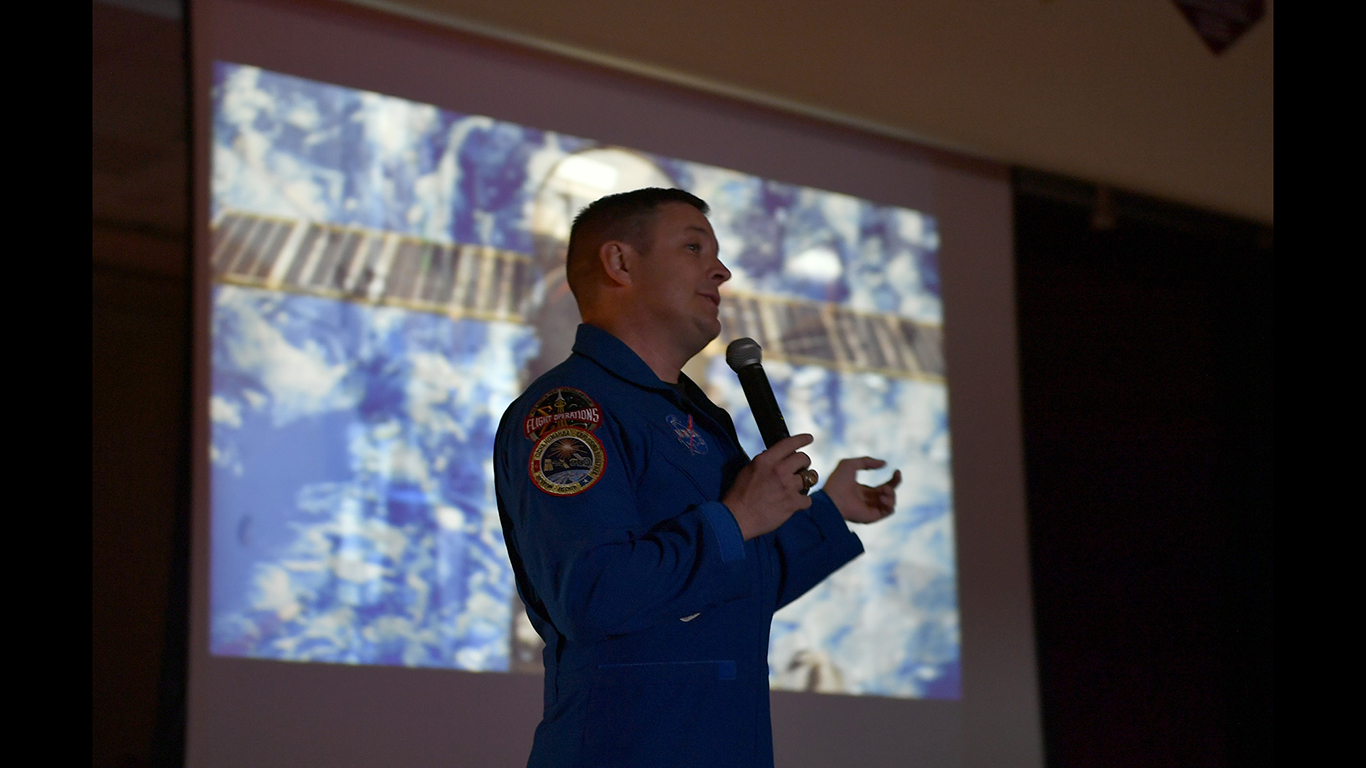
30. Being good at good press
Aspiring astronauts should work on their public speaking skills. NASA cultivates a pristine image and public relations is an important part of the job.
Thank you for reading! Have some feedback for us?
Contact the 24/7 Wall St. editorial team.
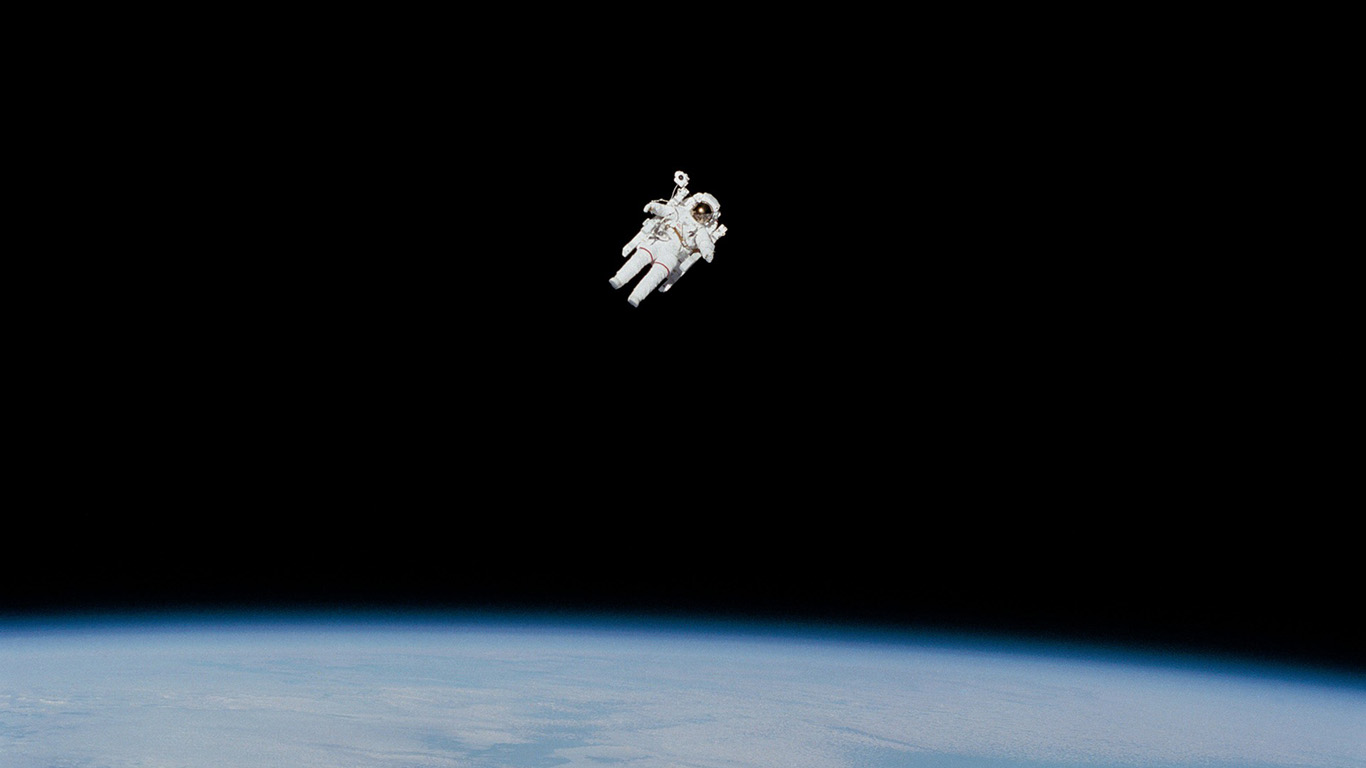 24/7 Wall St.
24/7 Wall St.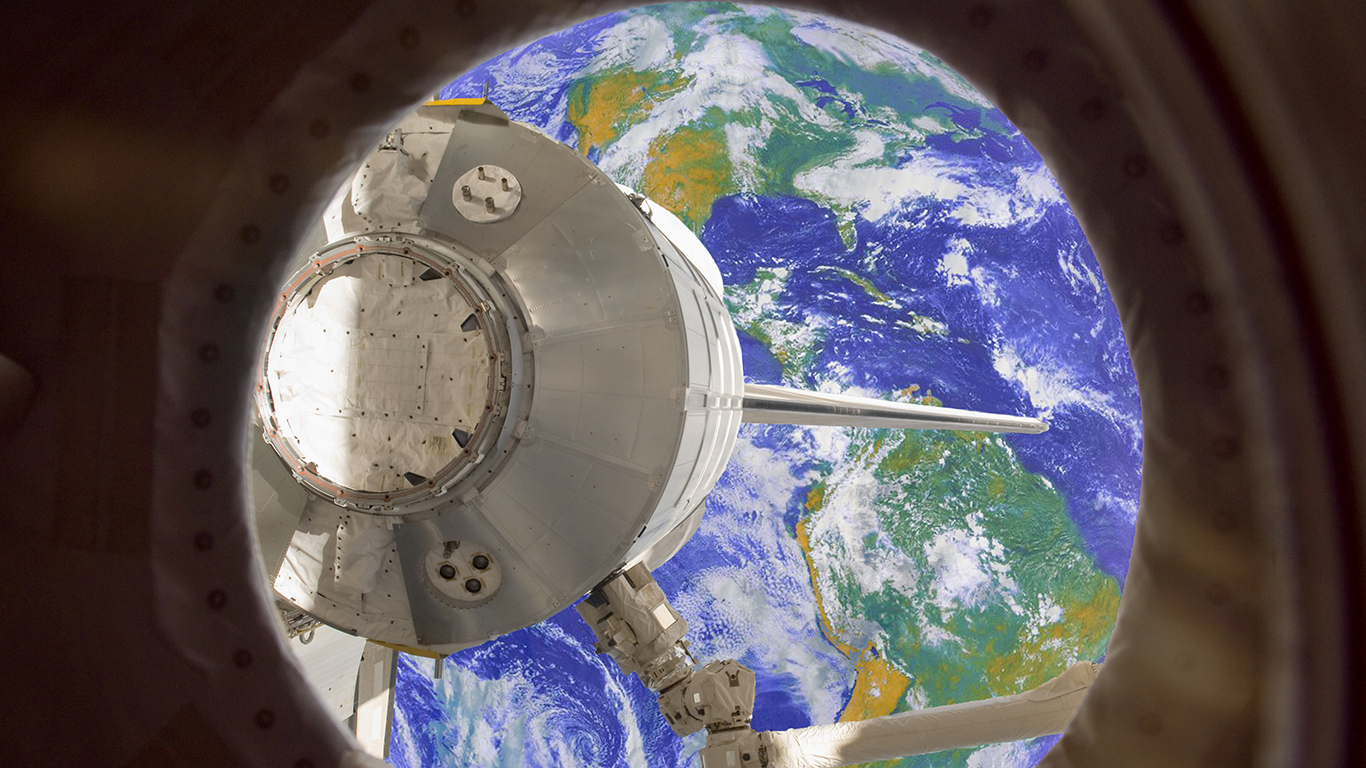 24/7 Wall St.
24/7 Wall St.